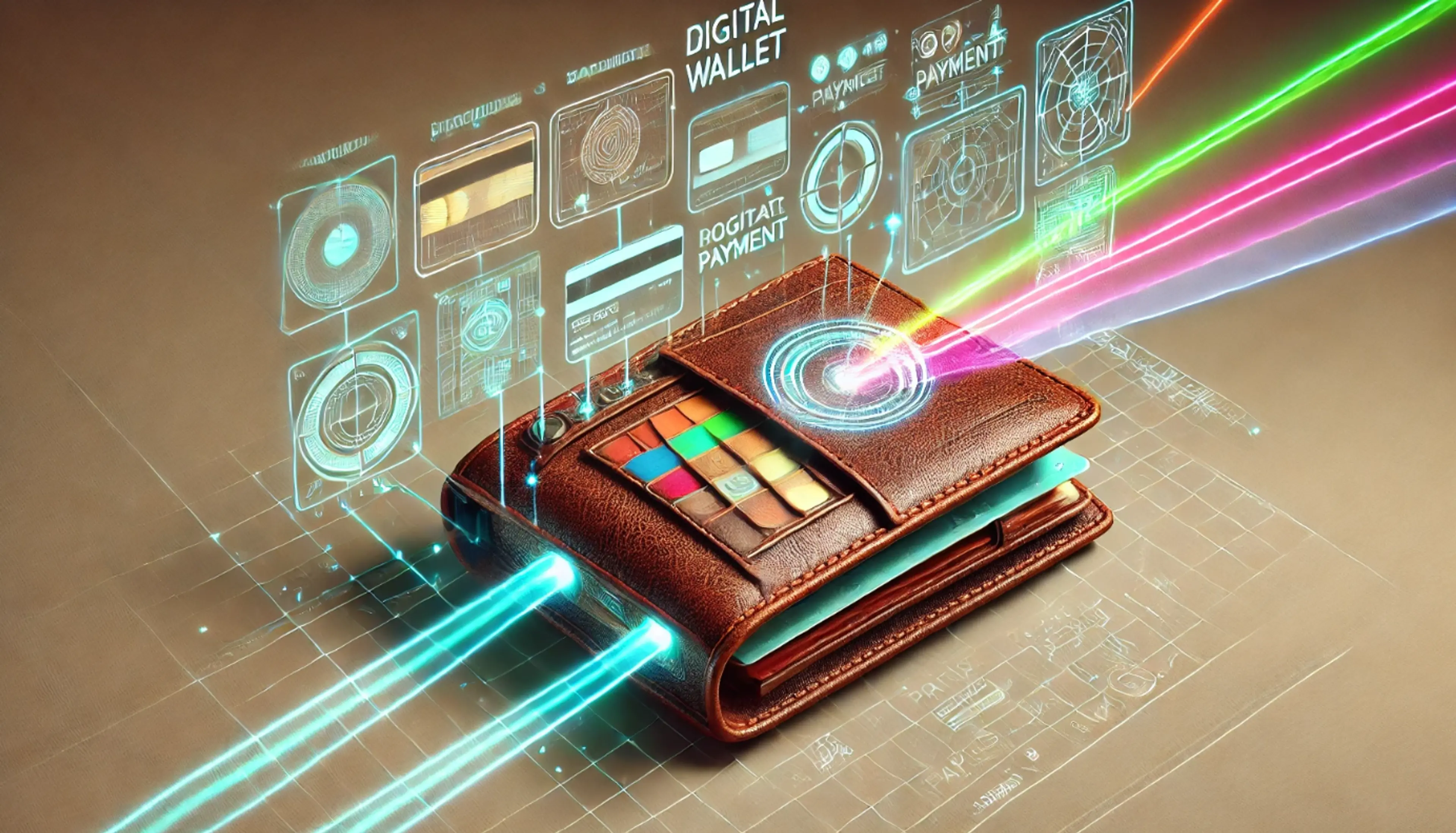
Building new digital identifications
In a landscape where digitalisation continues to reshape our daily lives, digital wallets stand to make a significant leap forward. As Apple opens up its NFC chip to third parties this year and the European Union launches its digital Wallets in 2025, we predict a surge of innovation that could fundamentally change how we think about payments, identity, and security across digital wallets.
For the past decade, Apple's walled garden approach has dominated the digital wallet space, setting industry standards for security and user experience. While this strict control may have limited innovation, it established crucial consumer trust in mobile payments. Apple has been a powerhouse in regard to security and privacy, this has instilled confidence in the mobile payments industry from a consumers point of view. Adoption of emergent technology has been dampened by the restriction put in place by Apple and their dominance of the mobile payments space. The COVID-19 pandemic accelerated the adoption of contactless payments, vastly helping the adoption and allowing markets like the United States to leap forward from its position as a laggard in the payments space. Now, with Apple's decision to open its NFC chip and Secure Enclave to third parties – a move partially motivated by European Union regulatory pressure – the industry stands ripe for innovation.
As digital wallets evolve, they're expanding beyond simple payment tools. With 44 countries currently piloting Digital Currencies (CBDCs), the future of digital transactions is being reimagined. The challenge lies in making these new payment methods feel familiar enough to encourage adoption while unlocking their potential to drive change. Digital currencies on day one will probably look no different to how money is handled today, this is by design. However, the possibilities include bank-agnostic transfers and offline digital payments that mirror the simplicity of handling physical cash, and opening up the payments and transfers to non-bank organisations. Depending on the technology used it may even be possible to encode contracts or rules into payments, just like we have automatic payments today but only occurring if agreed upon criteria have been met.
Perhaps most significantly, digital wallets are becoming central to identity verification. The European Union's mandate for digital identity wallets by 2026 signals a major shift in how we handle personal identification. Digital driving licenses are already being incorporated into digital wallets, with multiple states in the US already adopting them and the NZTA currently developing the digital licence for New Zealand. These digital identities will eventually enable instant validation, allowing approval for services or goods without having to find a Justice of the Peace to sign a photocopied document. There is a major driver with digital identities to reduce fraud and they will play a major role in traditional business processes catching up in this digital first age. The concerns are as always whether this can be done in a way to protect privacy and provide validity.
The future of digital wallets holds intriguing possibilities. Imagine a wallet that automatically selects the optimal payment method based on your preferences – choosing the card with the longest interest-free period or maximising reward points based on current offers. A smart wallet could recommend the best payment option based on the purchase amount, type or the date.
Privacy concerns remain at the forefront as digital identities become more integrated with everyday transactions. While the ability to selectively share identity information offers some protection, the potential linking of government identity data with digital analytics presents ongoing challenges that will need to be addressed.
As we stand on the brink of this digital wallet revolution, one thing is clear: the simple payment tools of yesterday are evolving into sophisticated financial and identity management hubs that could reshape how we interact with both our money and our personal information in the digital future.

